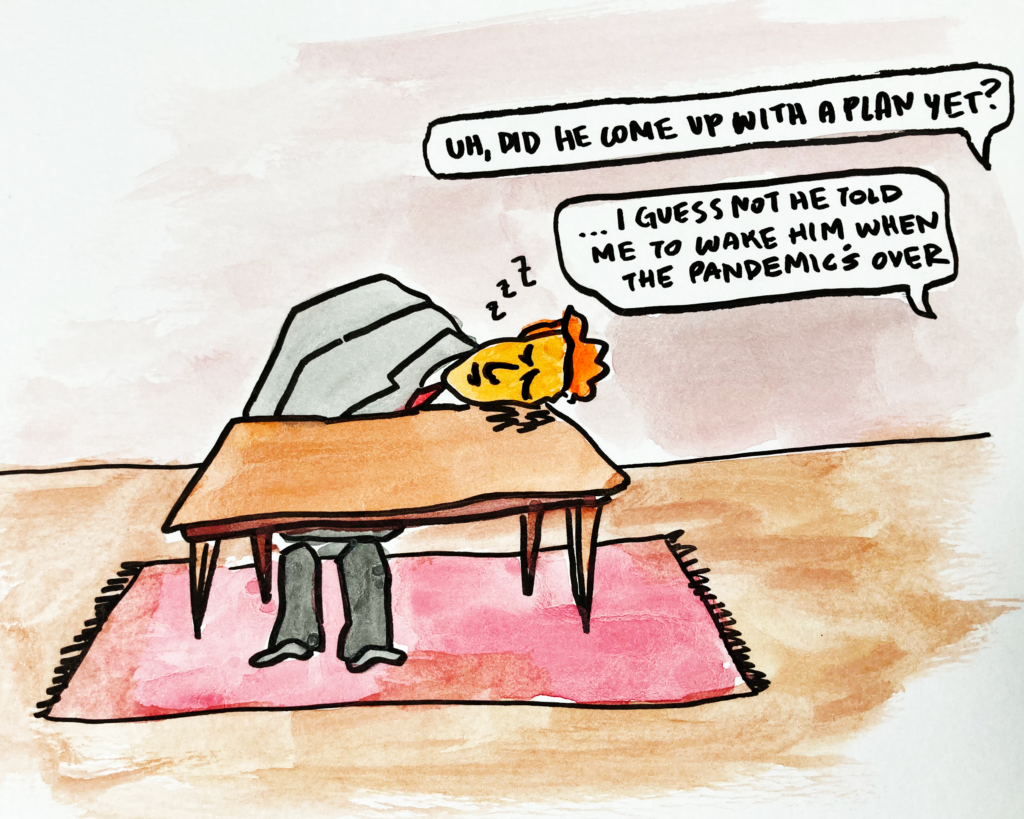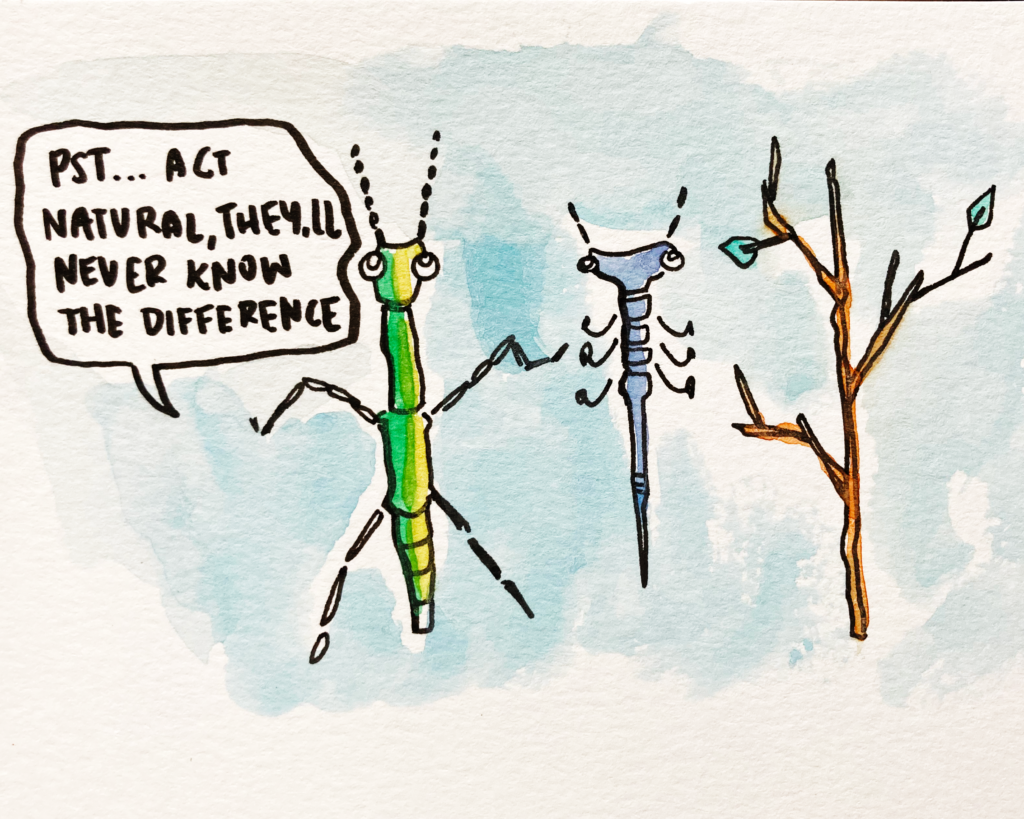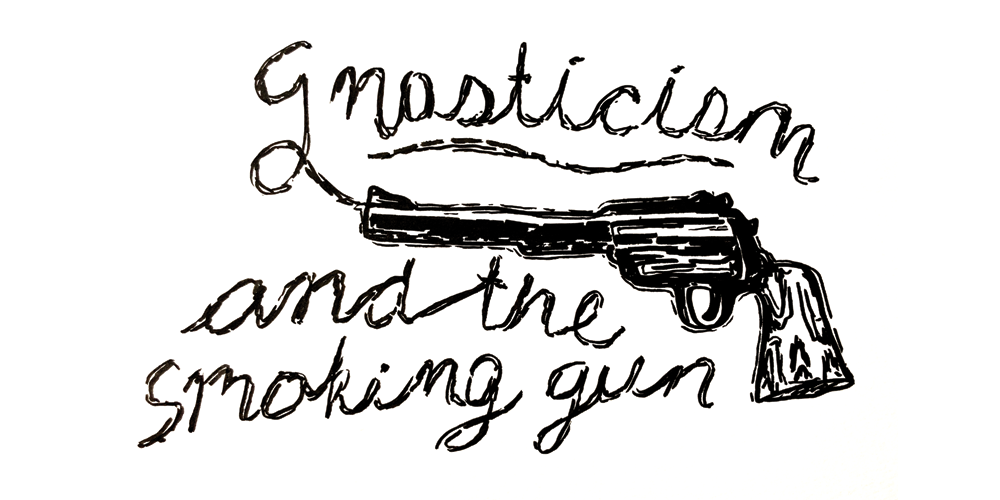In July 2018, my fiancé, Kelly, and I hiked the Neahkahnie Mountain trail on the Oregon coast. We needed a break from the incessant news cycle and my future father-in-law’s pro-Trump shares on Facebook. Days earlier, the President appeared quisling-like in his deference to Russian President Vladimir Putin at a joint press conference in Helsinki. Accepting Putin’s denials, Trump contradicted the univocal assessment of the US intelligence community that Russia had interfered in the 2016 US presidential election, Trump’s election. Trump said: “My people came to me, Dan Coats came to me and some others and said they think it’s Russia. I have President Putin. He just said it’s not Russia. I will say this. I don’t see any reason why it would be . . .”
Such behavior almost defied explanation. The headline from an article by Ron Elving of National Public Radio was: “Trump’s Helsinki Bow to Putin Leaves World Wondering: Why?” Kelly and I spent hours puzzling over it together and with friends. You — my dear, exhausted, good-hearted Reader — probably did too. Was Trump actually a Russian asset? Was Trump being blackmailed with kompromat collected by Russian intelligence and compiled in the Steele dossier? The impeachment business had not put those questions to bed since, as we found out, Robert Mueller, the special counsel, had not considered it in his purview to examine Trump’s financial ties to Russia. Maybe it’s simply that Trump suffers from a kind of psychological pathology that prevents him from entertaining any fact that would imply his victory in 2016 was anything less than “tremendous”?
More recently, we’ve wondered why Trump doesn’t stop downplaying the coronavirus pandemic and let the federal government run a normal, science-based response as other countries are doing. If he wanted to get the economy opened back up, he should have made every effort to starve the virus down to an R-naught below one and get daily cases down to zero. That’s the only way to open up which won’t lead to an eventual resurgence of spread and having to lockdown again.

Did someone not sit him down and explain this to him? The reason why Trump did anything baffled more than half of the citizens of the United States.
As Kelly and I hiked, we hashed out an idea. We should forget the Manchurian Candidate angle. Isn’t what Trump did bad enough that it almost doesn’t matter why he does it? We continue, vainly, to seek the proverbial smoking gun. The imponderable whys have crowded out the deplorable whats.
I brought up this stuff about why-questions with my philosophy students — but I did it obliquely. “Under what conditions do we ask ‘why’?” I asked them. “And when are we epistemologically satisfied by an answer to a why-question?”
What does it take to truly know something, to know the why of it?
When Kelly and I arrived at the sea cliff overlooking Treasure Cove — and north beyond it, Smuggler’s Cove — my mind cleared. Meadow grasses and flowering plants covered the ground all the way to the edge of the cliff. It was a vertiginous drop, 500 feet straight down. Didn’t the edge use to be farther out? A part of the cliff face must have recently broken free and fallen into the ocean. Suddenly I got dizzy. My heart raced and I started sweating. I felt like I was going to pitch over the cliff. Getting down on my hands and knees, I lowered my center of gravity lest I lose my balance.
The world whirled around me — around me whirled the world.
I forced myself to crawl to the edge next to Kelly, who might as well have been standing in Amy Cuddy’s Wonder Woman pose.
“You all right?” she asked.
“Yeah, the height just got to me.”
I decided I would stand up. But I was going to take it slow. First, I crawled away from the edge, then I got up on one knee and untied and re-tied my bootlaces in preparation for, and to delay, finally standing up. I could sense Kelly was watching me.
“Hey,” she said after I finished, “You are tying your shoes with a granny knot.”
“Really?”
I undid them and tied them again, at first for myself but then sheepishly so she could see.
“Yep. That’s a granny knot,” she said.
Evidently, I’ve been tying my shoes wrong my whole life. No wonder I’ve always needed to double-knot them! If I could be wrong about this, I could be wrong about anything. Jesus, what else had I been wrong about my entire life? Watching the foundational supports of my own epistemological surety tremble was frankly as vertiginous a feeling as looking down over the edge of the sea cliff. I got dizzy all over again.
The world whirled around me — around me whirled the world.
•
“All things are wronged by representation,” writes Mark Strand in his poem, “A Suite of Appearances.” It is a familiar thought that the world cannot be captured by our means of representing it. Our concepts, our language — indeed any paradigm for understanding you might imagine — are all projected onto things by us. We see only a veil of perception, a texture of concepts stitched by ourselves alone. Strand’s poem says that when we represent the world in our terms, we do violence to the world or “wrong” it. And we’re also wrong about it. The world, the idea goes, is essentially unrepresentable without violence because it is, at its fundament, alien to our categories of understanding. We are constantly trying to jam reality into the Procrustean bed of our conceptual scheme.
Embedded in Strand’s poetic trope is the distinction between appearance and reality. At its most basic this distinction allows us to compare over time what was taken as real at first and then was discovered not to be. Daily life provides many opportunities for the distinction to become relevant and germane, if not painfully obvious. Ever since one caveman lied to another — or even before that, when one caveman mistook the wind in the trees for an attacking jaguar — we have found it useful and necessary to distinguish between how things seem and how they actually are.
The distinction has a natural as well as cultural history. Children develop the ability to distinguish between appearance and reality around the age of five. This most elemental capability is not limited to human beings. Among animals and insects, there is an epoch-spanning evolutionary arms race between creatures that use mimicry as a survival strategy and the predators who need to develop ever more sophisticated ways of distinguishing between what’s real and what’s not — between, for instance, a mere stick and a tasty prey pretending to be a stick.

In the realm of culture, the Pre-Socratic philosophers may have been the first to shift the application of the appearance/reality distinction from everyday life to questions about the nature of reality itself. Thales (c. 624-548 B.C.) asserted that, despite appearances, all things are really made of water. Anaximenes (c. 586-526 B.C.) held that everything was really compressed air. While these do not seem like great explanations to us now, they nevertheless represent a break from religion and superstition. Before Thales, ultimate questions were answered by stories and myths. Because he was the first to offer what is recognized now as a “theory,” Thales is honored in most histories of philosophy as being the first philosopher.
•
Over time, as Christianity achieved cultural dominance, the appearance/reality distinction became coupled ever more strongly with a value judgment in favor of reality and against appearance, an evaluation which is now standard in Western culture. How things appear is almost always a degraded version of how they really are; reality is sullied by our interpretative perception of it. If only we could get out of our own way and get to the things as they are in themselves!
Philosophers and psychologists know we have a tendency to focus not on the perspicuous what (appearance) but on the mysterious why (reality). The late 19th-century German philosopher, Friedrich Nietzsche, called this tendency, in his sui generis way, “gnosticism.” The Gnostics were an early Christian sect who valued readings of the Bible that exposed an esoteric, non-obvious interpretation. They made hermeneutical readings actively against the grain of the text, which revealed to believers the mysterious, true content of the Bible and thus of the faith in general. While the word “gnostic” has its etymological roots in gnosis, Greek for “knowledge,” Nietzsche reframed “gnostic” to mean specifically hidden knowledge. For us, the word “gnosticism,” with the lower case “g,” can be used to signify any worldview, the framework of thought, or theory of knowledge that assumes true reality to lie behind appearances, while also asserting a value judgment against what is evident in appearance and in favor of what is hidden, unseen, posited but not yet understood.
•
Since Watergate, the “smoking gun” has been our metaphor for incriminating evidence that wipes away all previous doubt and results in compelling certainty. An actual, non-metaphorical gun that happens to be smoking is one that has just been fired. And, as such, it is compelling evidence of causation when there is someone lying on the ground nearby with a bullet wound. Such evidence is right there for all to see and never was hidden. However, a figurative “smoking gun,” as put to use in our 24-hour news cycle, is compelling evidence that only now has come to light, previously having been sought but remained elusive, hidden. Even though the analogy at the heart of the metaphor is not entirely apt, the idiomatic smoking gun is always initially hidden and then uncovered. It is a gnostic metaphor.
•
We need to learn some lessons in anti-gnosticism. When critics of Newton pressed him for a mechanism by which gravity exerted itself in his equations, he refused to speculate. The equations — what we now know as Newton’s three laws — were established by experiment and math; they were true. That’s all that mattered. As to what lay behind gravity, Newton said, “I feign no hypotheses.” It really was a strange new kind of stance to take, since every advance in science, including Newton’s own improvements on Kepler, seemed to involve explaining what was known by positing something going on “behind” it.
Newton resisted the pull of what Nietzsche called our “metaphysical need”— the need to know what causes Being itself to be the way it is. It is our gnostic habit to project a deeper reality behind Being itself. Pushed to its extreme this procedure starts to lose its sense. That is to say, when we push human understanding as far as we can, we end up seeking what explains Being, which means asking what, other than Being, explains why Being is the way it is. At that moment, we take all our previous understandings of Being to be mere mind-dependent appearances and we seek mind-independent metaphysical reality. But that is like asking for this: Describe to me the way the world is outside of any of our ways of describing it. As philosophers would say, it is not a well-formulated proposition. It is nonsense.
What was supposed to be the model for our pursuit of ultimate bedrock transmogrifies into a bottomless epistemological quicksand.
•
You know what, I have still not bothered to learn how to tie my shoes properly.
Well, I did Google it and I found some instructions. But the habit of how my fingers throw the laces around is so deep in muscle memory I didn’t bother more than twice to try to change it. And I think I’m okay with that.
The new, occasionally dizzying question becomes: What else are we wrong about that we nevertheless won’t care to change our views on? And, when it’s important enough that refusing to change would count as a character flaw and moral failing, how will we know?
Nonsense. I think we’ll know. •




